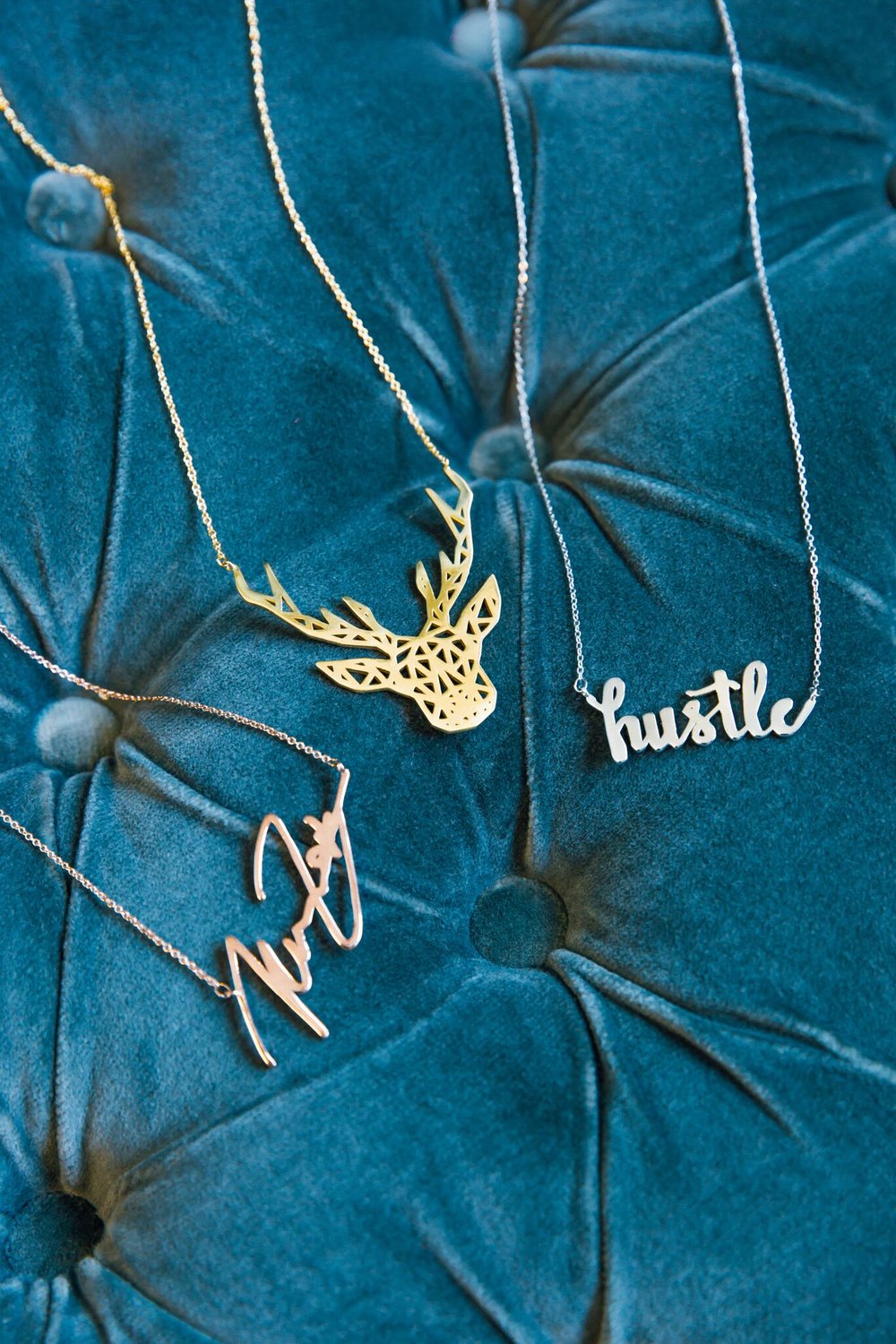Thankful for the Box
“To truly innovate and think outside the box in your business, you have to understand the box. And to really understand the box, you have to have lived in the box for a while. ”
I owe much of my current success as an entrepreneur to my beginnings in a larger, more traditional manufacturing company. I think maybe it’s this: to truly innovate and think outside the box in your business, you have to understand the box. And to really understand the box, you have to have lived in the box for a while.
During my years with Sanyo, an electronics company, I worked as an engineer, project manager, supply chain manager, customer service manager, and in sales. This provided me incredible insight into all the interworkings of business, and what it took to bring a manufactured product from concept to market. I was able to understand what worked, what didn’t, and where continual pain points existed in the process.
The one common theme across the various companies I worked for in my career was inventory management and retail execution. Knowing these challenges so intimately allowed me to think about them in new ways. I was able to circumvent both when I wrote the blueprint for my own new company. Leveraging technology in the form of 3D printing, I was able to set up a direct-to-consumer online business that ships customer-designed accessories on demand.
How Tech Will Transform Fashion
At the moment, 3D printing is rapidly developing – it is not confined to one particular industry. It transcends its traditional “tech” genre and integrates itself into many corners of our marketplace.
The fashion industry, in which I operate, is no exception. Design is all about cultivating current trends by looking to the future, and the future is 3D. 3D printing in the fashion world means repurposing what once was to create what will be. The fashion industry adopted 3D printing as its own, challenging its typical methods and purpose so it can transcend our expectations of the future. So far, I have seen no ill practices in this realm. If anything, this has allowed designers and consumers like myself to more freely express ourselves through creation.
Your Clothing and Jewelry in the Future?

It can say and look like whatever you want it to.
Some trends to watch in the 3D printed-fashion world would be sustainable fabrics, customizable jewelry and the manufacturing process. Popular brands are already developing merchandise based around the sustainability mentality of repurposed plastics.
Companies like Accent are also taking advantage of the customizable flexibility that 3D printing allows. While conventional product manufacturing is a long and drawn out process that involves research, designing, prototypes and final production. 3D printing turns that cycle on its head. Product manufacturing can now begin after something is purchased—that’s a big deal.
No longer will designers exhaust resources by predicting trends and ordering fruitless prototypes. 3D printing also eliminates any product surplus and undesirable waste.
The fashion industry is at the beginning stages of adopting 3D printing as its own, challenging its typical methods and purpose so it can transcend our expectations of the future. As the technology field rapidly advances, I predict even more crossover of tech into the fashion industry, opening doors that I cannot wait to walk through.
About the Author
Nanci Bergman is the CEO & Founder of ACCENT (www.accent3D.com), a company that allows consumers to create customizable, 3D printed accessories featuring emojis or their own hand drawn words or images. Nanci, a consumer products and tech expert, started ACCENT to marry her love of technology and style, with the belief that accessories should be like a fingerprint— – unique to only you.












